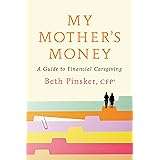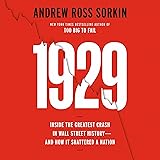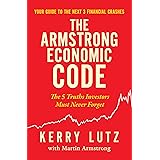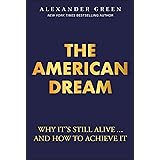Navigating the complex world of investments requires keen insight, especially when considering traditional safe-havens like gold. The accompanying video by Sarthak Ahuja delves into whether investing in gold in 2025 makes strategic sense, particularly with its current valuation nearing one lakh rupees per 10 grams. This discussion is critical for Indian investors seeking to optimize their portfolios amidst fluctuating market dynamics and economic uncertainties.
Understanding gold’s historical performance relative to other asset classes, coupled with key economic indicators, offers a robust framework for making informed decisions. While gold has traditionally served as a hedge against inflation and market volatility, its role in a modern, diversified portfolio warrants a closer look at both short-term trends and long-term projections. This analysis aims to provide a deeper dive into the factors influencing gold prices and its strategic positioning within a balanced investment strategy.
Gold’s Enduring Appeal: A Historical Perspective
When evaluating the prospect of investing in gold, a look back at its historical performance provides invaluable context. The video highlights a compelling data point: over the past 25 years, gold has delivered an impressive 13% per annum return, outperforming the Indian stock markets’ 11% per annum. This consistent performance underscores gold’s role as a potent wealth preserver and growth engine, even surpassing the returns of leading global markets like the US stock markets over the last three decades.
This long-term track record isn’t merely coincidental; it reflects gold’s intrinsic value and its behavior as a non-correlated asset. During periods of geopolitical instability, economic crises, or inflationary pressures, investors often flock to gold, perceiving it as a safe store of value when conventional assets face headwinds. For example, during the 2008 global financial crisis and the more recent COVID-19 pandemic, gold prices saw significant rallies as investors sought refuge from market turmoil.
Navigating Gold Prices in 2025: Key Determinants
Deciding whether to invest in gold at its current elevated price point requires a multi-faceted approach, considering several critical factors. As the video prudently suggests, three primary elements often dictate gold’s trajectory.
1. Economic Instability and Gold’s Resilience
Firstly, gold’s price frequently correlates with economic instability. In times of uncertainty, be it high inflation, currency devaluation, or geopolitical tensions, gold often acts as a reliable safe haven. Investors tend to reallocate capital into precious metals, driving up demand and consequently, prices. Therefore, if the coming year is characterized by continued global economic volatility or domestic inflationary pressures, gold may indeed continue its upward momentum, offering short-term appreciation for agile investors.
This dynamic is rooted in gold’s status as a tangible asset that is not subject to the credit risks of fiat currencies or the earnings volatility of corporations. Its universal acceptance and finite supply contribute to its appeal during periods when trust in financial systems wavers. Analyzing global macroeconomic forecasts for 2025, including interest rate outlooks and GDP growth projections, becomes paramount for gauging potential instability.
2. The Sensex to Gold Ratio: A Long-Term Barometer
Secondly, a crucial metric for long-term investors is the Sensex to gold price ratio. Ideally, as a rule of thumb, this ratio should hover around 1:1, signifying a balanced valuation between equities and the precious metal. However, with the Sensex currently around 80,000 and gold at one lakh (10 grams), the ratio stands at approximately 0.8. This divergence indicates that, on a relative basis, gold might be considered expensive compared to equities.
A ratio below 1 suggests that the stock market, specifically the Sensex, might be undervalued relative to gold, or conversely, gold is overvalued relative to equities. For those with a longer investment horizon, perhaps five to seven years, this ratio implies that Indian equities could potentially offer superior returns. The underlying premise is that over extended periods, economic growth and corporate earnings tend to drive equity markets upwards, eventually correcting such valuation disparities. Investors should monitor this ratio closely for rebalancing opportunities, especially as market cycles evolve.
3. Strategic Portfolio Allocation with Gold
Thirdly, and perhaps most crucially, gold’s role should be viewed through the lens of holistic portfolio allocation. The video’s speaker offers a practical example of a diversified portfolio: 30% in real estate, 50% in equities, 2-5% in Fixed Deposits (FDs), and a strategic 15% allocation to gold. This sophisticated breakdown underscores the importance of asset diversification to mitigate risk and optimize returns across different market conditions.
A 15% allocation to gold allows an investor to capture potential gains from its safe-haven characteristics without overexposing their portfolio to a single asset class. This balance helps in buffering against equity market downturns, while still allowing for significant participation in growth-oriented assets like equities and real estate. The small allocation to FDs provides liquidity and stability for immediate needs, completing a well-rounded financial strategy designed to weather various economic cycles and meet diverse financial objectives.











